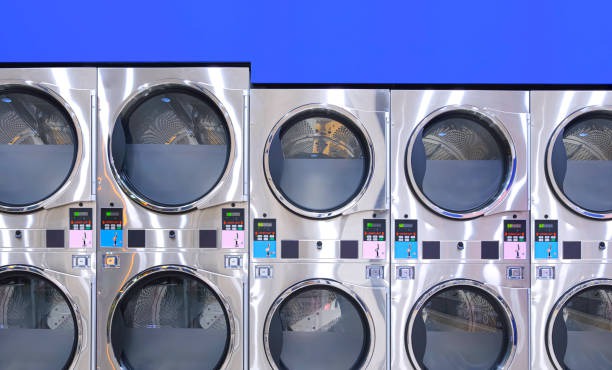People notice your smile first, which significantly impacts your confidence. Unfortunately, not everyone is born with perfectly straight teeth. Crooked teeth are unsightly and increase your risk of gum disease, tooth decay, and other medical conditions.
Crooked teeth, for the most part, can be fixed. They are worthwhile for dental health and appearance, even if they appear expensive and time-consuming.
What Causes Crooked Teeth?
Human teeth are among the most potent tissues in the body. They are also required to eat, talk, and smile. Teeth, on the other hand, can occasionally become misaligned. There are many reasons why this could be, including
- Thumb-sucking. When you thumbsucking, your front teeth may be compressed, resulting in crooked teeth.
- Genetics. You are more likely to have crooked teeth if your parents or grandparents did.
- Poor dental hygiene. Plaque and tartar can accumulate on your teeth if you do not brush and floss regularly, causing them to become misshaped.
- An injury to the face or mouth. Teeth can become misaligned as a result of a mouth or face injury.
Ways to Fix Crooked Teeth
If you have crooked teeth, the first thing you should do is see a dentist in McPherson, KS. They will examine your teeth and determine the best treatment plan. They may recommend one or a combination of the following treatments, depending on the severity of your case:
Braces
Traditional metal braces are the most usual and effective method for straightening severely crooked teeth. The teeth are gradually moved into the desired position by applying pressure with braces.
Retainers
It keeps teeth properly aligned after orthodontic treatment, such as braces or invisible aligners. You can also use them over time to gradually modify the teeth.
Dental Veneers
Veneers are thin, individualized shells affixed to the front of teeth to improve their appearance. They can be used to correct minor issues with tooth position and shape.
Dental Bonding
To make the teeth look better, a resin substance that matches the color of the teeth is applied to their surface. It can be used to correct superficial cosmetic flaws and alignment issues.
Clear Aligners
Clear aligners, such as Invisalign, are becoming a popular alternative to braces. They use a series of custom-made, clear, removable trays to reposition the teeth gradually. However, they are not recommended for complicated orthodontic problems because they do not have the same force as conventional braces. Contact your dentist to learn more.
Are Children Eligible for Invisalign?
Invisalign is a well-known manufacturer of invisible braces for teeth straightening. Although it can be used on children and adolescents, it is usually recommended for adults or older teenagers with all their permanent teeth. By 12 or 13, most children have all their adult teeth. However, because each child’s development is unique, some children may not have them at these ages.
Children responsible and committed to following the treatment plan may find Invisalign an attractive option if they do. To ensure that the treatment proceeds as planned, remember that Invisalign requires consistent use of the aligners (at least 22 hours per day), proper cleaning and upkeep, and regular checkups with the orthodontist.
In some cases, braces may be required for children as young as nine due to orthodontic issues. In these cases, traditional braces may be a better option.
After thoroughly evaluating the child’s oral health and orthodontic needs, an experienced pediatric dentist or orthodontist should decide whether or not Invisalign is a good option for them. For more information, you can check their pediatric dentistry services.
What Is Pediatric Dentistry?
Pediatric dentistry, a specialized field, primarily serves infants, children, teenagers, and people with special needs. Pediatric dentists have received specialized training to provide comprehensive dental care to children, including preventative, restorative, and emergency care.
Pediatric dentists are trained to treat children’s teeth with age-appropriate care and make dental visits enjoyable. They try to develop a trusting relationship with their young patients’ parents and make every dental appointment pleasant. They also provide diet and nutrition advice and teach parents and children proper oral hygiene procedures. Consult a pediatric dentist to see if Invisalign is right for your child.
Conclusion
Brushing, flossing, and smiling are insufficient for good oral health. It entails keeping our teeth, gums, and other oral tissues healthy to eat, speak and interact socially without pain. Crooked teeth, on the other hand, can be both embarrassing and unhealthy. They may erode your self-esteem and confidence, making you self-conscious about your appearance and smile. To decide the best course of treatment for your needs, consult a skilled pediatric dentist or orthodontist.



